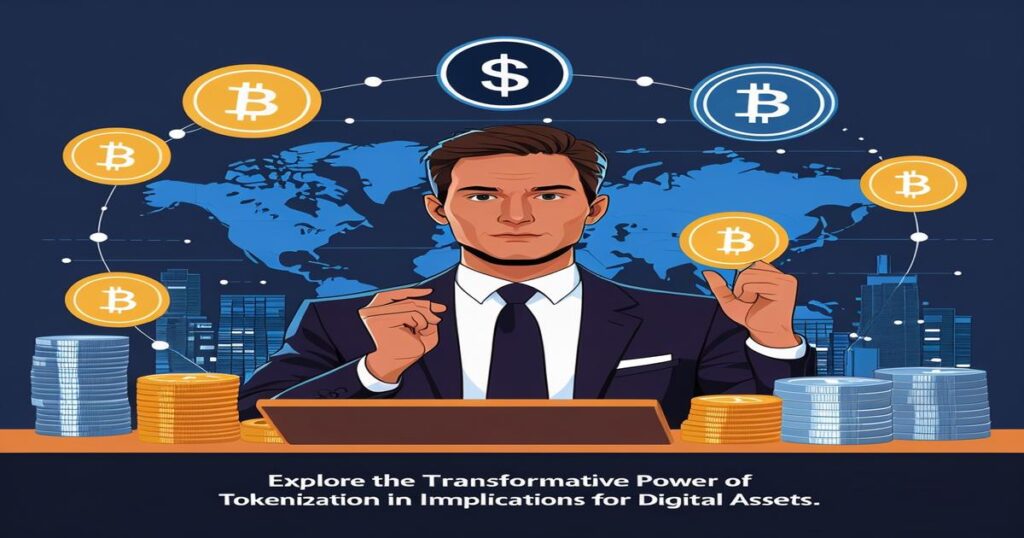Understanding Tokenization: A New Era for Finance
Tokenization refers to the process of converting physical and tangible assets into a digital form, represented by unique tokens on a blockchain. It’s vastly altering how real estate, commodities, and securities are traded and owned.
Real-World Use Cases of Tokenization🔗
Let’s dive into real-world applications:
- ✅ Real Estate: Fractional ownership through tokenized shares.
- ✅ Commodities: Easier trade and transparency in commodities like gold.
- ✅ Art and Collectibles: Fractionalized artworks opening to wider investors.
Strategic Benefits of Asset Tokenization
Tokenization provides enhanced liquidity, reduced transaction costs, and broadens the investor base by allowing fractional ownership and 24/7 trading opportunities.
Tutorial: How to Explore Tokenized Assets
- Choose a reliable tokenization platform.
- ✔️ Verify the token’s underlying asset details.
- Invest with diversified strategies to minimize risks.
Potential Challenges and Considerations
Despite its advantages, tokenization comes with challenges like regulatory uncertainties and security risks. It’s important to do thorough due diligence before investing.
Platform Review: Best Platforms for Tokenized Securities🌐
Explore leading platforms such as tZERO, Polymath, and Securitize that offer seamless experiences and robust security for tokenized trading.
Conclusion: Navigating the Decentralized Future
Tokenization is a pivotal part of adopting blockchain in finance, promising greater efficiency and accessibility. However, staying informed and prudent is key to leveraging its full potential.
FAQ: Answering Your Tokenization Queries
- 🤔What is tokenization in finance? – It’s converting physical assets into digital tokens to facilitate easier trading and ownership.
- ❓Is investing in tokenized assets safe? – While it’s a promising field, due diligence and understanding platform security are crucial.
- 💡How are token prices determined? – Token prices depend on the underlying asset value and market dynamics.

